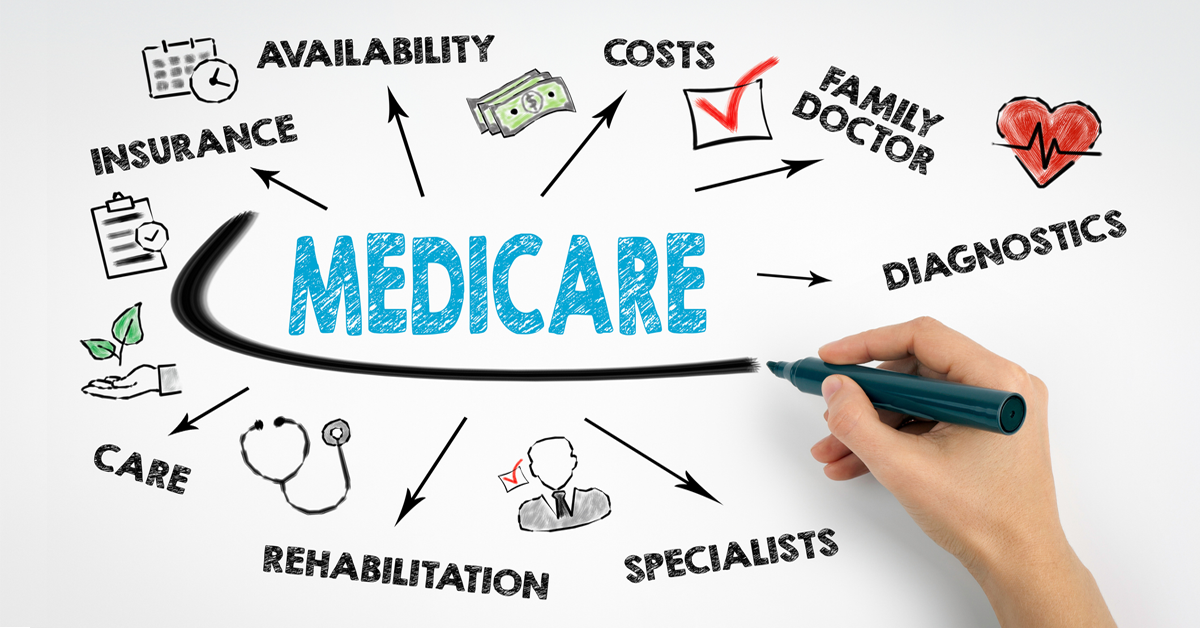
If you’re retired and on Medicare — or looking to get onto Medicare in 2019 — you may be wondering what’s changed this year. While many things remain the same, there have been a handful of notable changes to Medicare coverage for 2019.
Here are some of the changes you can expect from your Medicare coverage this year:
-
The “Donut Hole” will close. The Medicare Part D prescription drug benefit is costly and requires those with high prescription costs to pay more for medications once they reach a certain level of annual spending. This creates a coverage gap, dubbed the “donut hole.” Once out-of-pocket spending reaches a second threshold, Medicare recipients enter catastrophic coverage and pay less. The donut hole was scheduled to close in 2020 under Under the Affordable Care Act (ACA). The spending bill Congress passed in March 2018, however, will close the donut hole for brand-name drugs in 2019 and for generic drugs in 2020. That means Medicare Part D enrollees will pay 25 percent of the cost of all prescription drugs from the time they enter the gap until they reach the catastrophic coverage level.
-
More coverage for telemedicine. Telemedicine allows patients to confer with nurses and doctors via the internet or phone. This can be a big benefit for older patients that have difficulty getting to appointments either because of physical or transportation limitations. In 2019, Medicare has begun covering telehealth services for certain enrollees, including those undergoing treatment for a stroke, or those with serious renal disease.
-
Increased coverage for in-home assistance. As of January, Medicare Advantage plans have the option to cover meals delivered to the home, transportation to medical appointments, and in-home safety features including wheelchair ramps and restroom/bathing support bars. To be eligible, a medical provider’s recommendation is required. Medicare Advantage plans also now have the option of covering in-home assistance costs. This includes access to home health aides, who can help with activities including dressing, eating, and personal care.
Dental care remains uncovered
While Medicare has long been a benefit of growing older and retiring, the program has notable coverage shortcomings. Dental care coverage is among the most obvious of these gaps in most Medicare plans.
Original Medicare Parts A and B will cover only those dental services tied to a covered medical procedure or those that take place while in a hospital setting. It will not cover standard dental procedures, including routine cleanings, examinations, fillings, and crowns, however. This is unfortunate considering the need for proper, routine dental care among the elderly population.
Some Medicare Advantage Plans, such as Medicare C, offer some extra benefits including, hearing, vision, and dental coverage and there is also the option for private insurance. However, these are often not feasible options for those on fixed incomes.
If you’re on Medicare and in need of affordable dental care options to fit your budget, consider a dental discount program. These programs are typically much more affordable than supplemental or private dental insurance.
Here are just some of the benefits offered through Dental Solutions:
-
20% to 50% savings on most dental care procedures including check-ups, cleanings, fillings, root canals, and more
-
Coverage for Orthodontics, Teeth Whitening, Cosmetic, and Oral Surgery
-
Access to high-quality dentists
